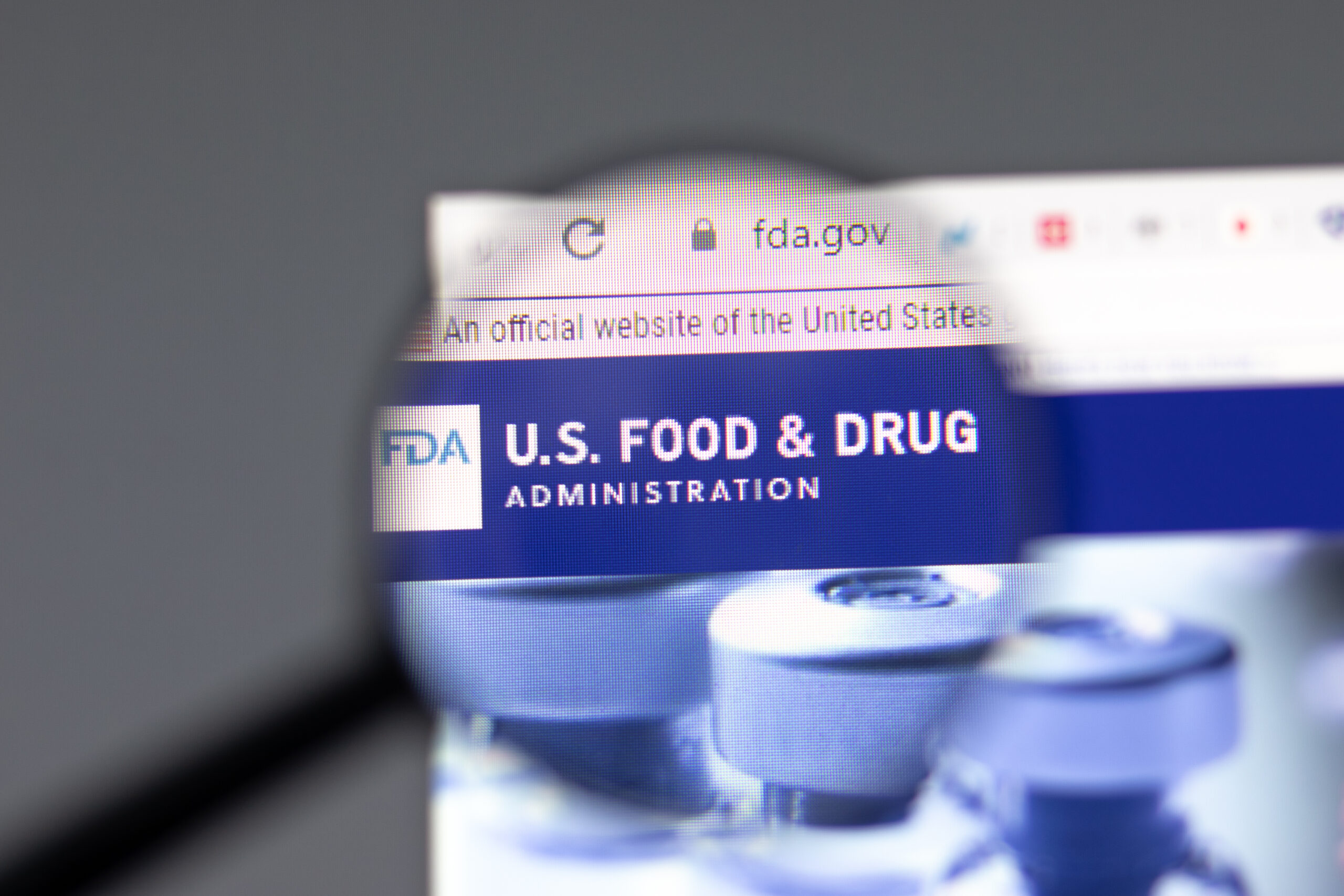The US Food and Drug Administration (FDA) has released draft guidance aimed at helping pharmaceutical companies determine when it’s appropriate to compare an experimental oncology drug to a placebo in clinical trials. The regulator highlights the ethical problems inherent in giving some patients a placebo in a trial of a new cancer drug designed to treat a condition for which an effective therapy already exists.
The FDA also points out that while trial investigators take all available measures to ensure proper randomization and blinding, toxicities associated with oncology therapies often make it obvious which patients are receiving the active treatment. This negates the effect of the placebo blinding on bias on the part of patients and investigators.
So, what does the FDA propose drugmakers use as a control treatment in oncology trials? If a standard effective therapy for the disease exists, the regulator recommends drugmakers use this as an active control with which to compare their investigational treatment.
Drugmakers could also choose to forgo a controlled trial altogether in favor of an open-label study in which the leading physician decide which standard therapy be used as a comparator product. However, the FDA did provide a few examples of when it would be appropriate to set up a placebo control arm in a cancer trial.
“A placebo design may be useful or preferred in maintenance therapy, add-on trial designs, or in trials of adjuvant therapies (where standard of care is surveillance),” said the guidance document. “However, the use of placebo in double-blind, randomized trials conducted in development programs for drug products for the treatment of malignant hematologic and oncologic disease sometimes presents both practical and ethical concerns.”
To help trial sponsors determine when to use a placebo and when to explore other types of active controls, the FDA has provided some points which should be taken into account during the study design process. For one, the rationale for choosing to establish a placebo-control group should be provided by sponsors, particularly when invasive methods of administration – such as intrathecal delivery – are required.
When it comes to blinding, FDA says a patient should be unblinded if they experience disease progression or recurrence so that they may be eligible to receive the standard of care therapy, if one exists. Unblinding is also recommended in the event that a patient experiences an adverse event; if the reaction is associated with the active drug product being investigated, the patient can be treated using a number of drugs, however these treatments may be inappropriate and unnecessary for a patient receiving the placebo. It’s important, in this case, to be able to distinguish between the two treatment arms.
“If a sponsor intends to maintain the treatment blind when disease recurs or progresses or a suspected adverse event occurs, the informed consent document should specify the risks and potential disadvantages of this approach, and the protocol should include justification for the potential added risk,” said the draft guidance.












Join or login to leave a comment
JOIN LOGIN